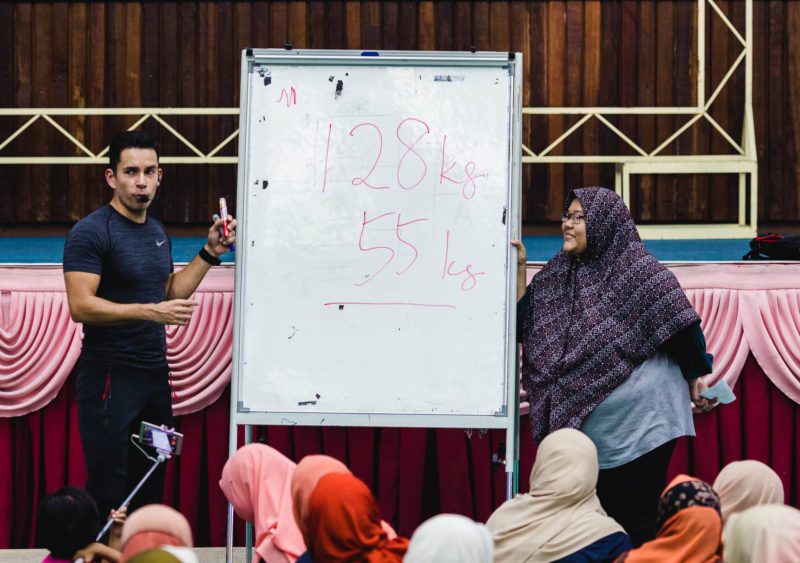10 Measurable Parameters for a Corporate Weight Loss Program
In an age where health and wellness are of paramount importance, many companies are embracing the idea of a healthier, more active workforce. Corporate weight loss programs have become an increasingly popular initiative to promote employee well-being. These programs not only help employees shed excess pounds but also boost morale, productivity, and overall job satisfaction. The key to the success of any such program lies in setting clear and measurable parameters. Today, we’ll explore ten essential measurable parameters that can make your corporate weight loss program a resounding success.
 1. Weight: The most straightforward metric, tracking weight helps participants see tangible results. Regular weigh-ins provide immediate feedback and a sense of accomplishment as those numbers steadily decrease.
1. Weight: The most straightforward metric, tracking weight helps participants see tangible results. Regular weigh-ins provide immediate feedback and a sense of accomplishment as those numbers steadily decrease.
2. Body Mass Index (BMI): BMI takes into account height and weight, providing a more accurate assessment of a person’s overall health. It’s a useful parameter to track because it considers both weight and body composition.
3. Waist Circumference: Measuring the waist helps monitor abdominal fat, which is often linked to health risks. Reduction in waist circumference indicates a decrease in harmful visceral fat.
4. Body Fat Percentage: Body fat percentage is a crucial metric for assessing overall body composition. It’s important because participants may gain muscle while losing fat, which the scale might not reflect.
5. Physical Activity: Regular physical activity is a cornerstone of any successful weight loss program. Measuring minutes or hours of exercise per week helps gauge participants’ commitment to an active lifestyle.
6. Dietary Intake: Assessing dietary habits, such as calorie intake, macronutrient balance, and consumption of specific nutrients or food groups, is critical. Encouraging healthier eating is essential for long-term success.
7. Blood Pressure: High blood pressure is a risk factor for cardiovascular disease. Monitoring blood pressure can demonstrate the positive effects of weight loss on overall health.
8. Blood Lipid Profile: Cholesterol levels and triglycerides are important markers of cardiovascular health. Improvements in these metrics can be a powerful motivator for program participants.
9. Fasting Blood Glucose: Monitoring fasting blood glucose levels helps identify changes in blood sugar control, an essential aspect of managing and preventing diabetes.
10. Health-Related Quality of Life (HRQoL) Questionnaires: The impact of weight loss on a participant’s overall well-being is equally crucial. Using validated questionnaires to assess quality of life can help measure the non-physical benefits of your program.
A corporate weight loss program that includes these measurable parameters is well-equipped to guide employees on their journey to better health. By incorporating a combination of physical, physiological, and psychological measurements, you can foster a supportive and motivational environment for your employees. Remember, the path to a healthier, more active workforce begins with clear and attainable goals, and these ten measurable parameters will set the stage for your corporate weight loss program’s success. Start measuring, start motivating, and start transforming lives today.
